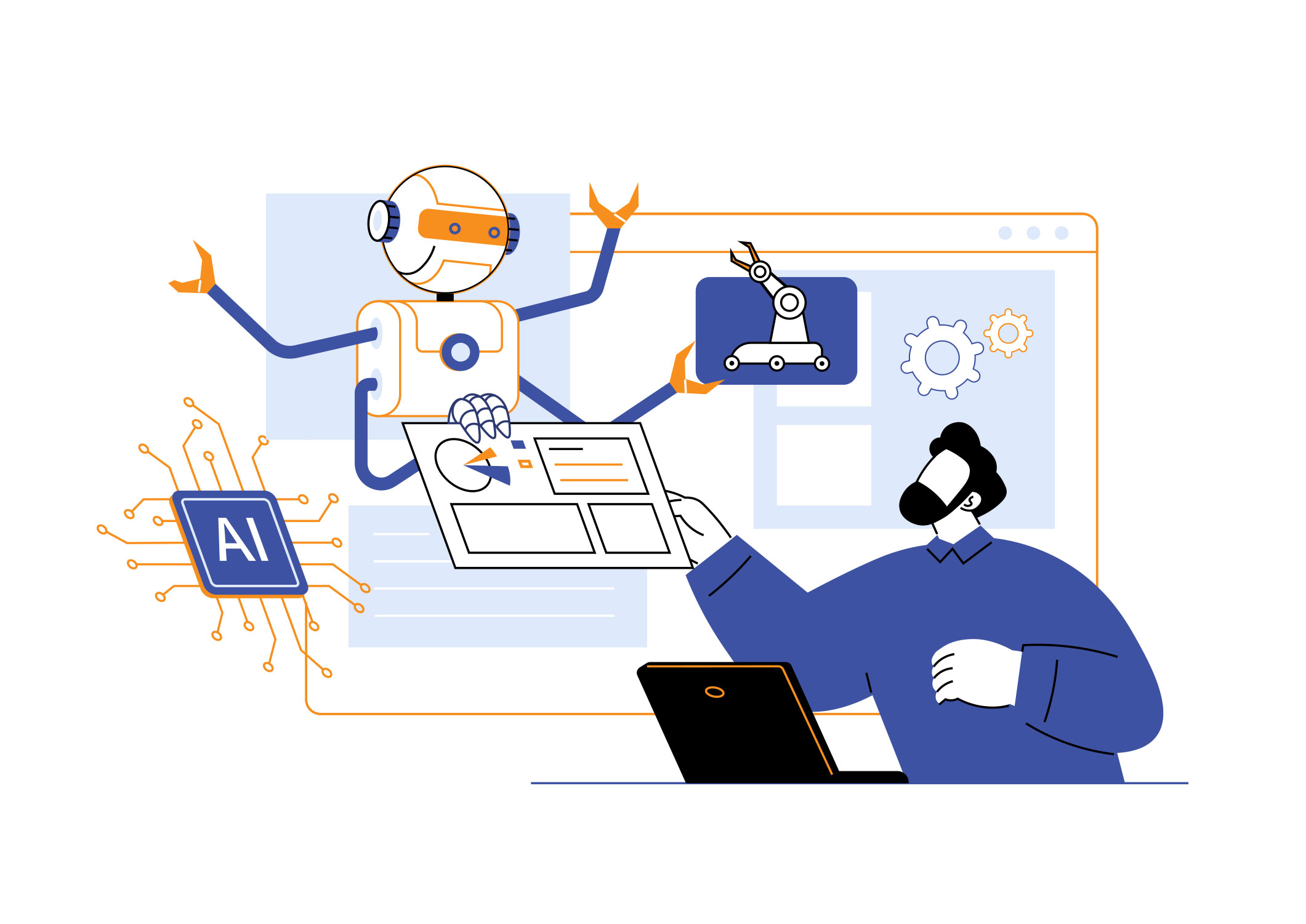In the rapidly advancing field of artificial intelligence (AI), efficiency often rivals effectiveness in importance. Large language models (LLMs) like GPT (Generative Pre-trained Transformer) have revolutionized our approach to AI, capable of generating human-like text with profound accuracy. However, their extensive computational and memory demands present significant barriers, especially for developers and researchers with limited resources. A recent study titled “The Unreasonable Ineffectiveness of the Deeper Layers” offers a fascinating solution to this problem: layer pruning.
What is Layer Pruning?
Layer pruning is a technique used to reduce the size of a neural network without significantly affecting its performance. In the context of large language models, this means removing some of the “deeper” layers of the network—those that are not directly exposed to the input or output but are sandwiched in the middle of the architecture.
The study, conducted by a team of researchers from Meta FAIR, Cisco, Zyphra, MIT, and Sequoia Capital, demonstrates that up to half of the deeper layers in some popular LLMs can be pruned with minimal impact on their ability to answer questions or process information. This not only reduces the computational load and memory usage but also suggests that these layers might not be as crucial as previously thought.
How Does Layer Pruning Work?
The process begins by identifying which layers of the model are less important, which the researchers determine by measuring the similarity of the information passing through consecutive layers. They find that if the information doesn’t change much from one layer to the next, some of these layers can be removed—or pruned—without losing much in terms of the model’s output quality.
Once the unnecessary layers are identified and removed, the model goes through a fine-tuning process using techniques like Quantization and Low Rank Adapters (QLoRA) to restore, as much as possible, its original performance level. This fine-tuning is crucial as it helps “heal” the model after the “surgery” of layer removal.
What is Quantization and Low Rank Adapters (QLoRA)?
This is a method that combines quantization and low-rank adaptation to optimize the fine-tuning process of large language models (LLMs). The key strategies employed by QLoRA are quantization and low-rank adaptation. Quantization reduces the memory footprint of the model by quantizing the weights of the LLM to a lower bit precision, such as 4 or 8 bits. Low-rank adaptation, on the other hand, introduces low-rank adapters, which are smaller matrices that capture the most important changes to the LLM’s weights during fine-tuning. This method substantially decreases the count of trainable parameters, resulting in quicker and more memory-efficient fine-tuning. QLoRA offers several advantages over traditional fine-tuning methods, including reduced memory footprint, faster fine-tuning, and comparable performance to fully fine-tuned models.
Practical Implications of Layer Pruning
The implications of this research are profound, affecting several aspects of AI deployment and development:
Pioneering a Sustainable AI Future
The findings from the study challenge traditional beliefs about the structure of neural networks and open up new pathways for making AI technology both more efficient and accessible. Layer pruning exemplifies that in the world of AI, less can indeed be more—more sustainable, more accessible, and more efficient.
By simplifying the architecture of LLMs, we pave the way for more inclusive and sustainable AI applications. This approach not only democratizes access to cutting-edge technology but also ensures that the AI field progresses in an environmentally and economically conscious manner. As AI continues to evolve, integrating efficiencies like layer pruning will be crucial for fostering a future where AI is as inclusive as it is intelligent.
For those interested in integrating these efficient practices into their projects or seeking to understand the deeper technical nuances of layer pruning, further reading and exploration into “The Unreasonable Ineffectiveness of the Deeper Layers” study are encouraged. This research not only sheds light on the practical aspects of layer pruning but also its broader implications for future AI advancements.

Introduction to AI Agents and Agentic Workflows Artificial intelligence (AI) agents are software entities that can perform tasks on behalf…

Introduction to Automation and AI From streamlining routine tasks to enabling complex decision-making the integration of automation technologies and artificial…

The realm of Predictive Analytics for Business unfolds a future where data-driven insights drive decision-making. The paradigm is shifting, with…